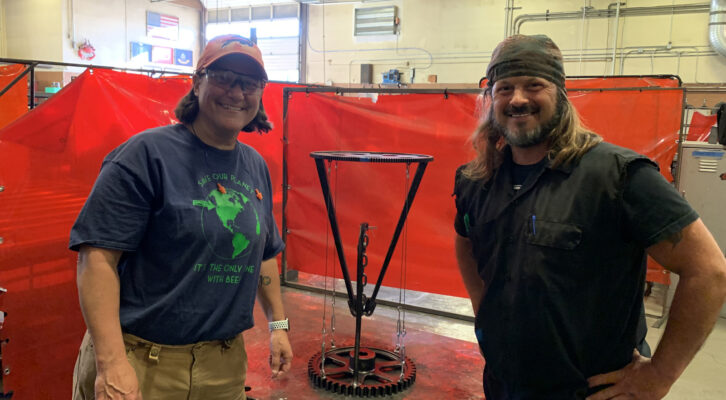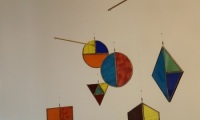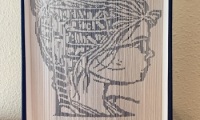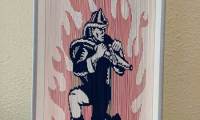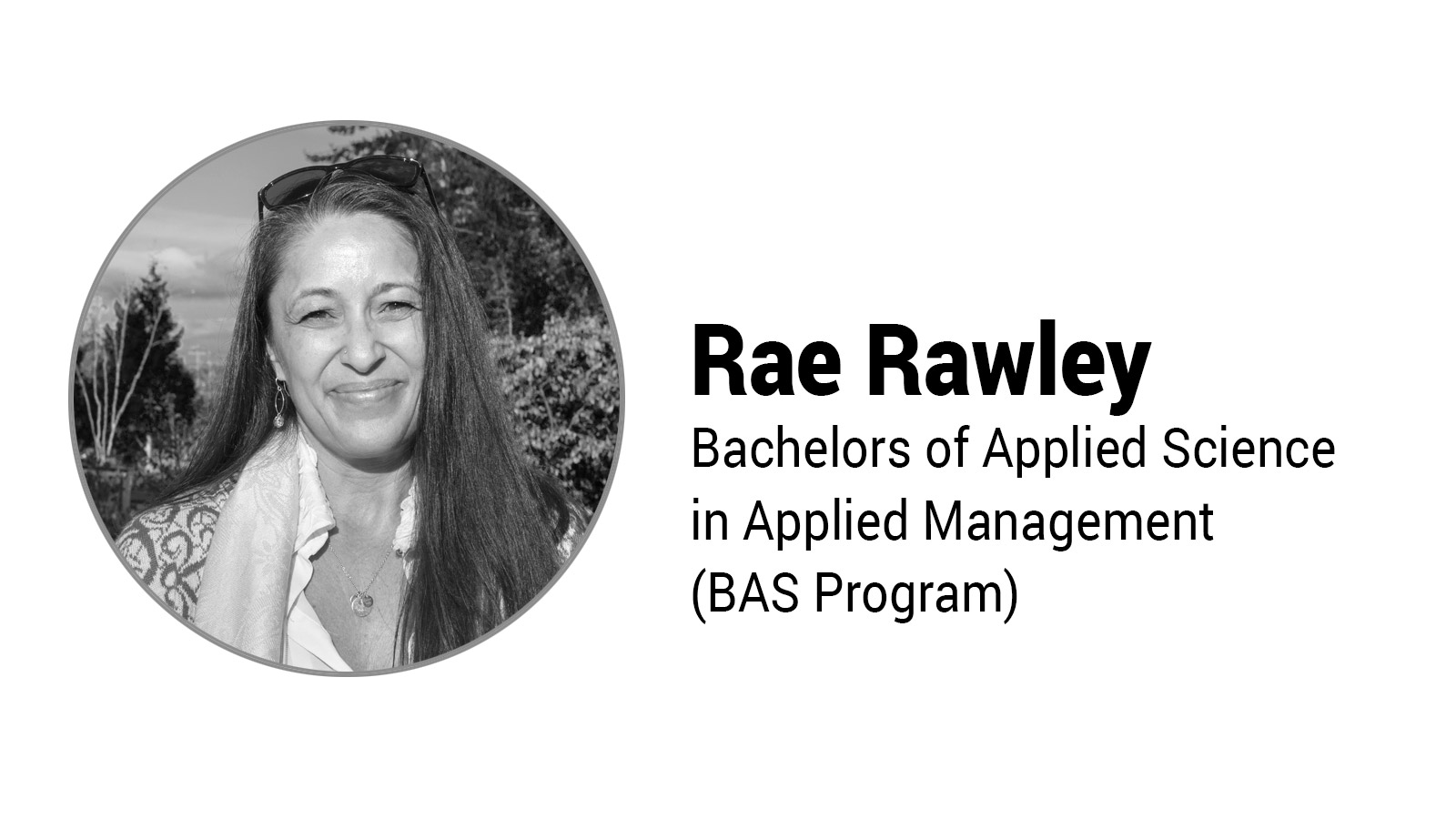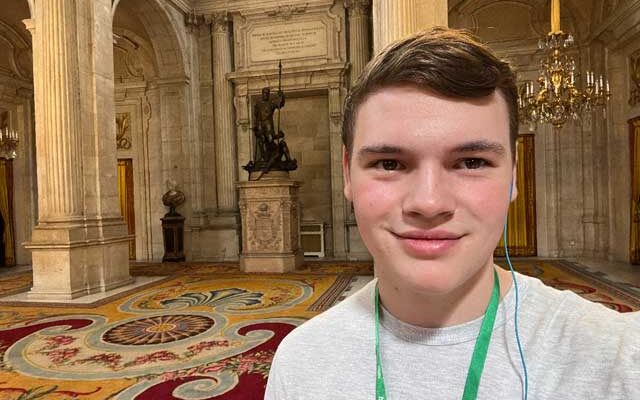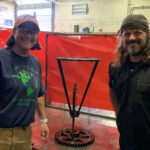Dr. Andrea Motyka has taught math in higher education for more than 30 years, 20 of them at Peninsula College. When she’s not teaching, Professor Motyka moonlights as an art student. Most of the art Andrea creates, she gifts to friends and family or donates to raise money for organizations like the Pet Emergency Group for the Olympic Peninsula. However, all the art forms she practices have one thing in common: they’re rooted in math.
Andrea gravitates towards empirical arts like origami, stained-glass mobiles, folded books, and even metal sculptures that she learned to weld in PC’s Community Education classes. About her art, she says, “There is repetition in the algorithm I already have faith in, but art allows me to discover what will happen if I do X, Y, or Z?”
Andrea appreciates the mechanical process of creating art with her hands. Origami involves folding paper on repeat, but combining the same folds in different ways yields new results. The three-dimensional mobiles she designs are made up of platonic solids, basic elements of geometry easily shaped into two-dimensional stained-glass pieces, plus she likes their abstract art deco style.
Andrea sometimes spends upwards of 24 hours folding and cutting the pages of discarded books into intricate patterns. “I know the form will hold, so I can experiment and see what happens.” When it comes to welded sculptures like her tensegrity table—a portmanteau of tension and integrity—she trusts that the process will work because it’s the basis of her academic training. “I can see where the algorithm has taken me thus far. I know the weld will hold. But art must come to life. I don’t see it until I see it.”
As an art student, Motyka is reminded of what it’s like to see the unknown from a new perspective and to be curious. Being a student also helps her be a better teacher. Andrea teaches using guided discussions so she can continue to understand from the perspective of students and encourage them to be honest about where their confusion lies. “Every question a student asks is valid, and every conclusion might be valid, but it might not be true. My job as a teacher is to help figure out where the dots connect correctly, if there is a dot missing, or if there is a misunderstanding.”
Dr. Motyka describes one thing never fails to happen in every class she’s ever taught:. At some point during the course, a student will ask a question about a math concept that Professor Motyka has never been asked. The fact that this has happened in every class she’s taught throughout her career helps her better understand her students and how they learn. This “guarantee” is one of the reasons Motyka has faith in what she teaches, but it’s art that keeps her curious.

